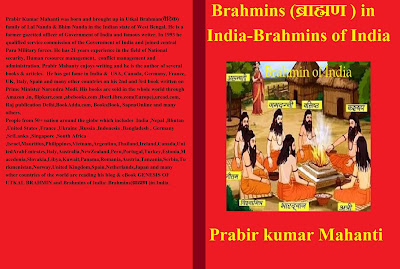The Bhagavad Gita in 10 slokas

The Bhagavad Gita, often referred to simply as the Gita, is a 700-verse Hindu scripture that is part of the Indian epic Mahabharata. It is a conversation between the prince Arjuna and the God Krishna, who serves as his charioteer. The Gita is set in the midst of the battlefield of Kurukshetra, where Arjuna is filled with doubt and moral dilemma about fighting in the battle. The gist of the Bhagavad Gita can be summarized as follows: 1.Dharma and Duty: Krishna emphasizes the importance of fulfilling one's duty (dharma) without attachment to the results. Arjuna, as a warrior, is duty-bound to fight for righteousness. 2.Self-Realization: Krishna teaches Arjuna about the nature of the self (Atman) and the ultimate goal of life, which is self-realization or union with the divine (Brahma). 3.Detachment: Krishna advises Arjuna to perform his duty without attachment to success or failure, pleasure or pain. Detachment from the fruits of actions leads to freedom from suffering. 4.Yoga: The
